Tips For How To Kill English Ivy
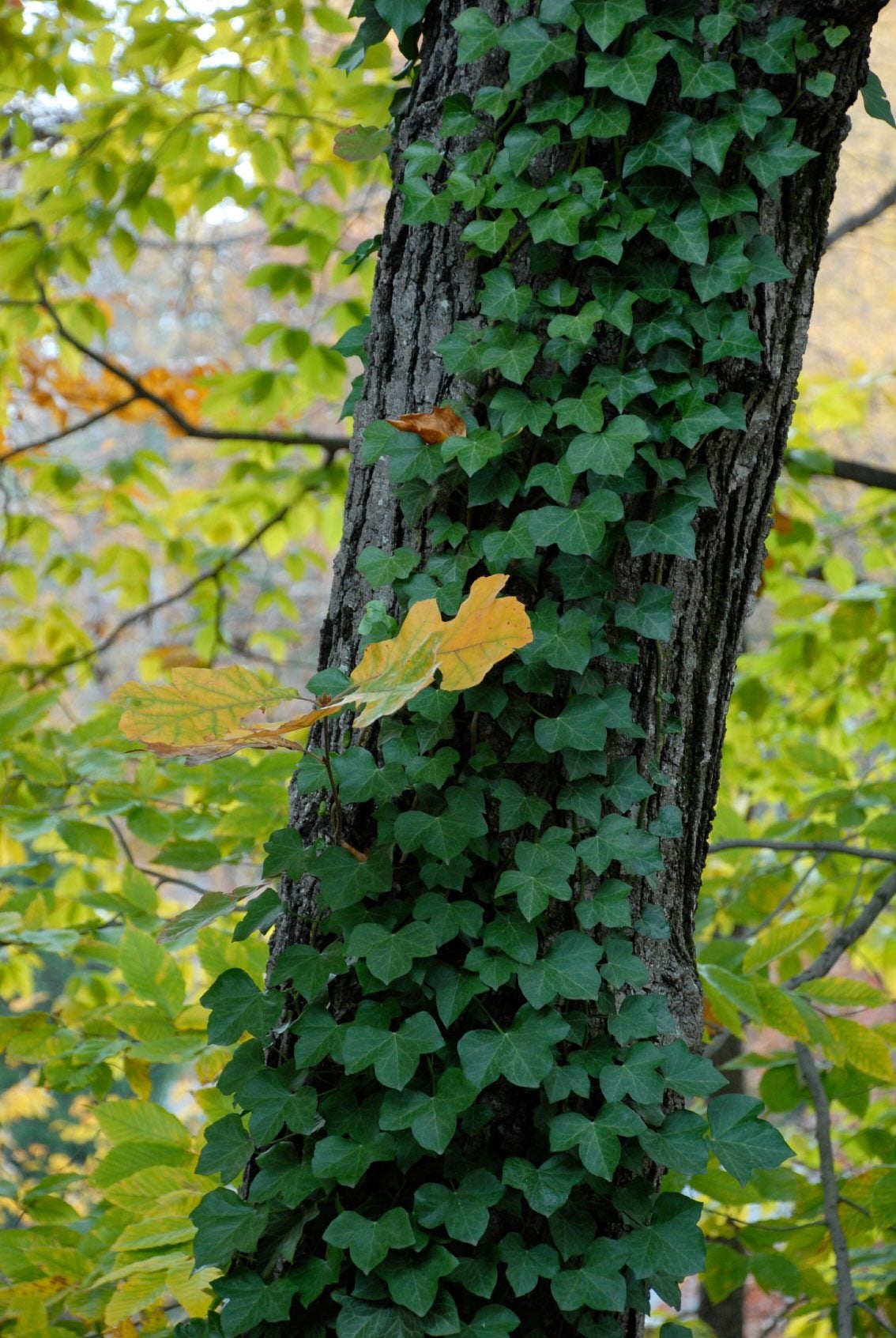

The same traits that make English ivy (Hedera helix) a wonderful ground cover can also make it a pain to remove from your yard. Ivy's resilience and lush growth make killing English ivy or removing ivy from trees a difficult task, but not an impossible one. If you are wondering how to kill an ivy plant, you will find some help below.
How to Kill English Ivy
There are two ways for how to kill English ivy. The first is with herbicides and the second is through manual labor.
Killing English Ivy with Herbicides
One of the reasons that killing English ivy is difficult is because the leaves of the plant are covered with a waxy substance that helps prevent herbicides from penetrating into the plant. So, in order to be effective at killing English ivy, you have to get through that barrier. The first thing you can do to make herbicide more effective for removing ivy is to use it in the winter on a sunny day. The cool temperatures make sure that the spray does not evaporate quickly and gives the herbicide more time to penetrate into the plant. The sun helps keep the wax on the leaves more pliable and more easily penetrated. The other thing you can do to make herbicide more effective in killing ivy is to lacerate or cut the plants' stems. Using a weed whacker or other device on the plant that will damage the stems and then applying the herbicide will help the chemical penetrate into the plants through the wounds.
Removing English Ivy with Manual Labor
Digging and pulling up the English ivy plants can also be an effective way to remove ivy plants from your garden. When removing English ivy manually, you will want to make sure that you remove as much of the plant, both stems and roots, as possible as it can regrow from stem and root pieces left in the ground. You can make digging and pulling the ivy out more effective by following the directions for applying herbicides after you remove the ivy by hand as best as possible.
Removing Ivy from Trees
A particularly tricky thing to do is to remove ivy from trees. Many people wonder will ivy damage trees? The answer is yes, eventually. Ivy damages the bark as it climbs and will eventually overtake even a mature tree, weakening branches through its weight and preventing light from penetrating leaves. Weakened plants and trees are more susceptible to problems like pests or disease. It is best to always remove the ivy from the tree and keep it away from the trunk of the tree, at least 3 to 4 feet (1-1.5 m.), to prevent it from climbing up the tree again. When removing ivy from trees, do not simply rip the ivy off the tree. The roots will be firmly hooked into the bark and pulling the plant off will also remove some of the bark and damage the tree. Instead, starting at the base of the tree, cut an inch (2.5 cm.) or two section out of the ivy stem and remove it. Carefully paint the cuts on the still attached stem with a full strength non-selective herbicide. Repeat the process every few feet (1 m.) up the stem of the ivy as high as you can reach. You may need to repeat this a few times before you fully kill the English ivy. Once the ivy has died, you can then take the stems off the tree as the roots will break away rather than cling to the tree. Note: Chemical control should only be used as a last resort, as organic approaches are more environmentally friendly.
Gardening tips, videos, info and more delivered right to your inbox!
Sign up for the Gardening Know How newsletter today and receive a free copy of our e-book "How to Grow Delicious Tomatoes".

Heather Rhoades founded Gardening Know How in 2007. She holds degrees from Cleveland State University and Northern Kentucky University. She is an avid gardener with a passion for community, and is a recipient of the Master Gardeners of Ohio Lifetime Achievement Award.
-
 Looking For Plants To Give You The Soft And Fuzzies? Try These 5 Fuzzy Leaf Plant Options
Looking For Plants To Give You The Soft And Fuzzies? Try These 5 Fuzzy Leaf Plant OptionsLovers of texture, drama, silver foliage and tactile plants will adore these special sensory garden additions. These fuzzy leaf plant options will leave you all aglow
By Susan Albert
-
 Get Ready For A Summer Of Hummers! Grow These Full Sun Hummingbird Plants and Flowers
Get Ready For A Summer Of Hummers! Grow These Full Sun Hummingbird Plants and FlowersIf you’re lucky enough to enjoy a sunny backyard, make sure you are maxing out on your pollinator opportunities and grow these full sun hummingbird plants and flowers
By Tonya Barnett
-
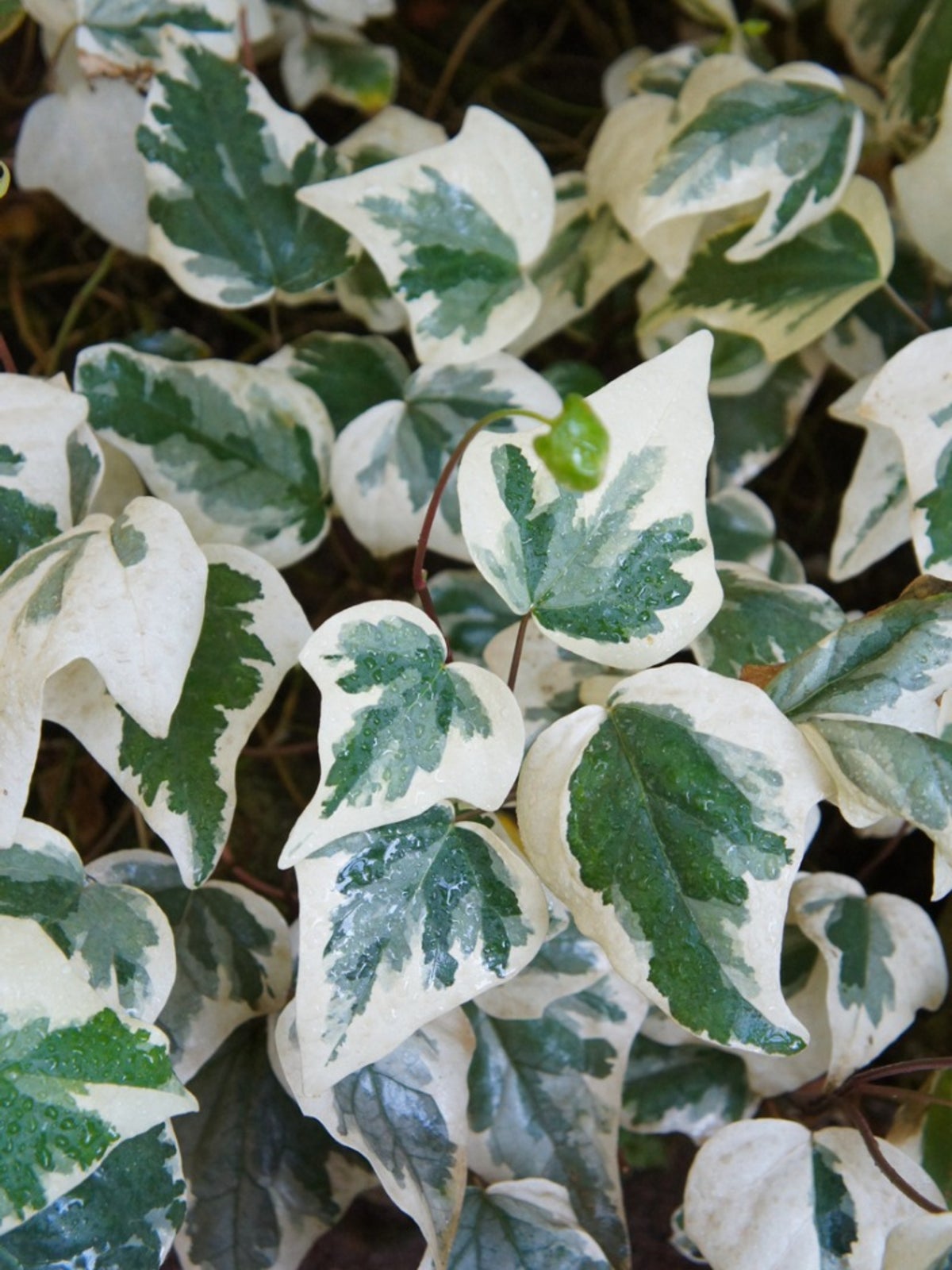 Algerian Ivy Care: Tips For Growing Algerian Ivy Plants
Algerian Ivy Care: Tips For Growing Algerian Ivy PlantsEvergreen vines can be used as groundcovers for troublesome areas of the garden, such as slopes or other areas where grass has a hard time establishing. Algerian ivy plants are one such plant that will easily establish, where turf or other plants won?t. Learn more here.
By Darcy Larum
-
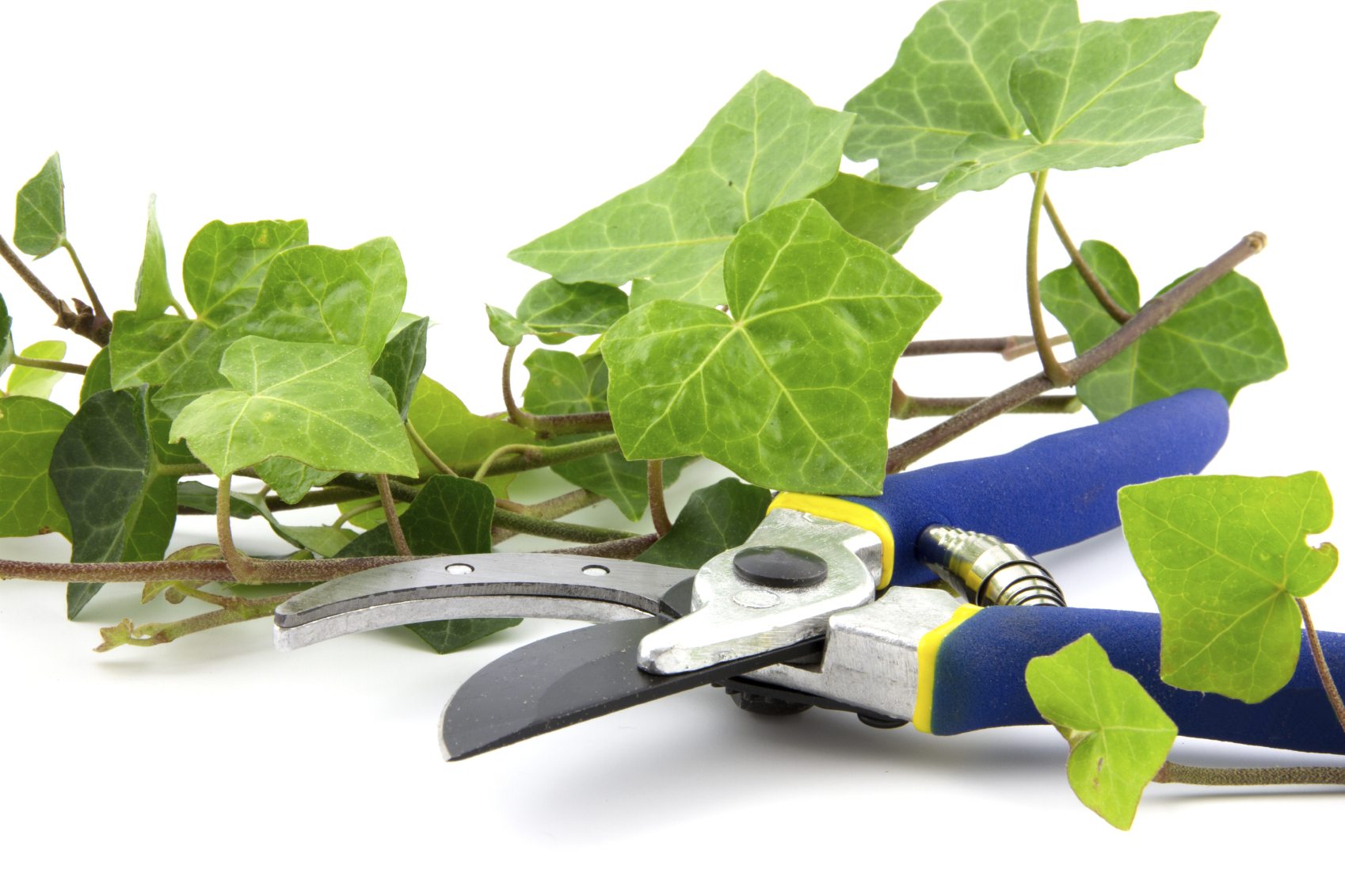 English Ivy Pruning: Tips On How And When To Trim Ivy Plants
English Ivy Pruning: Tips On How And When To Trim Ivy PlantsWhether English ivy is grown indoors or out, this fast-growing plant benefits from an occasional trim to stimulate new growth, improve air circulation, and keep the vine within boundaries and looking its best. Learn more in this article.
By Mary H. Dyer
-
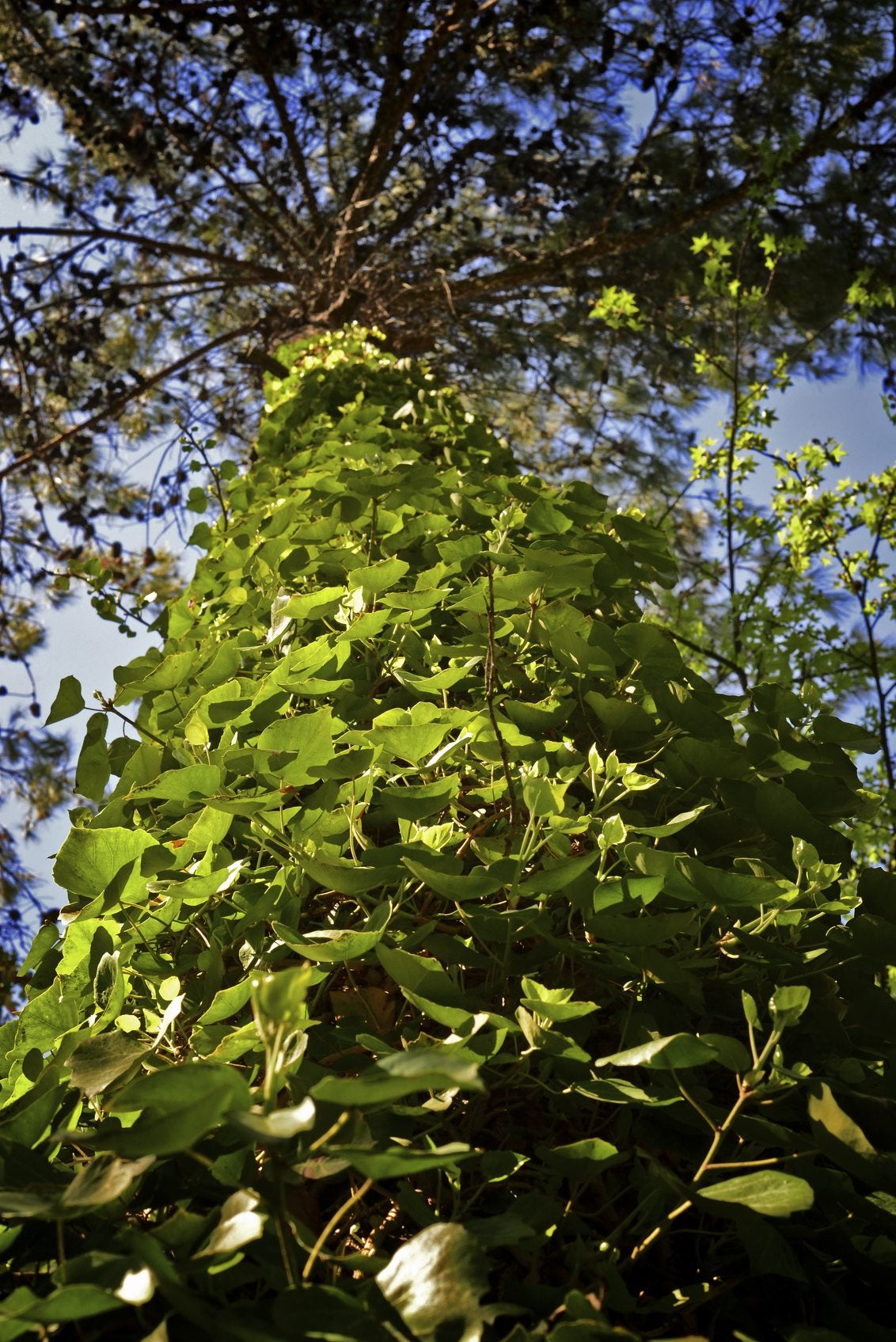 English Ivy Tree Damage: Tips On Removing Ivy From Trees
English Ivy Tree Damage: Tips On Removing Ivy From TreesWithout periodic pruning, the English ivy vine can become a nuisance when it climbs your trees. Learn about ivy damage to trees and what to do about it.
By Nikki Tilley
-
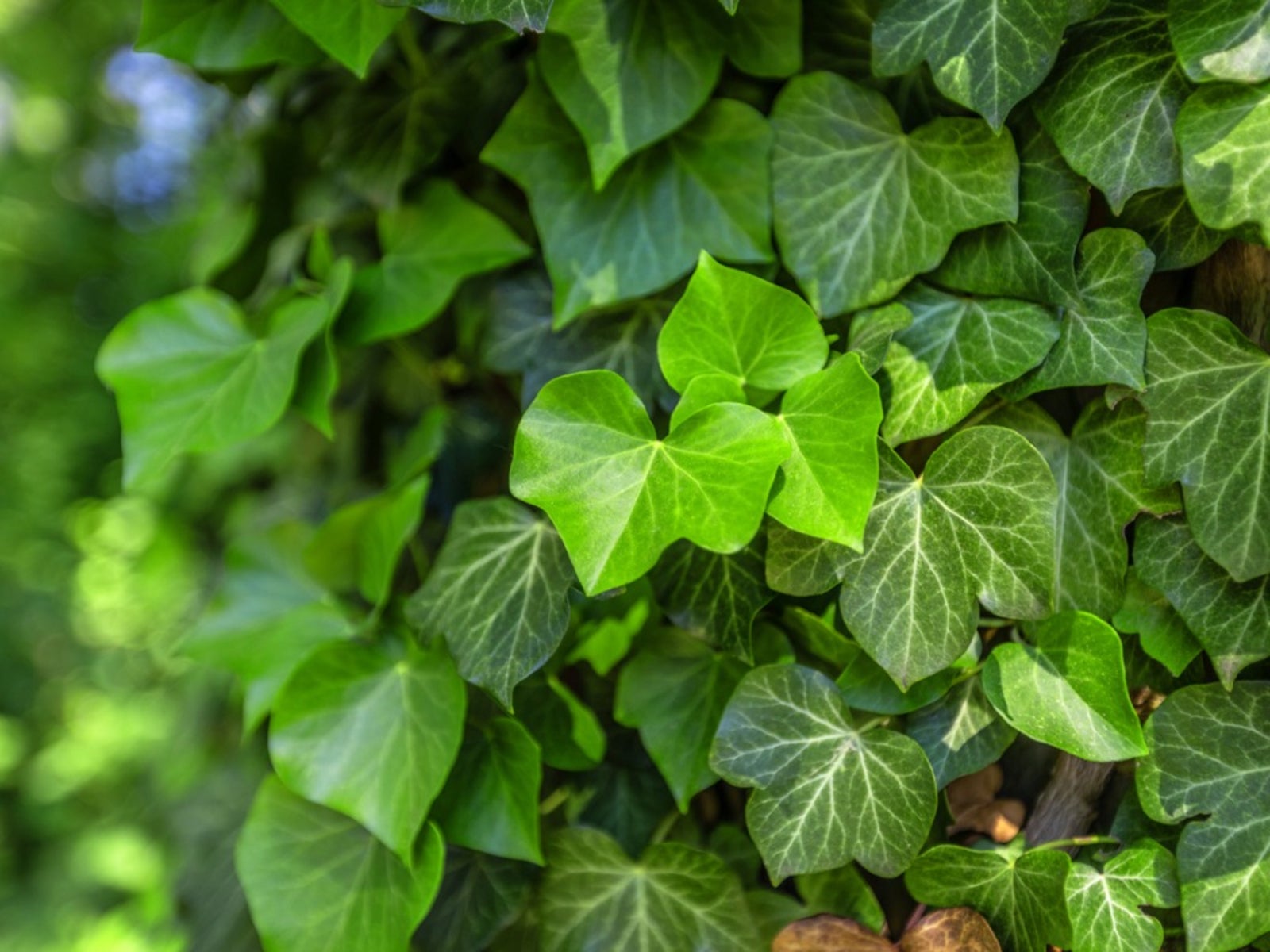 English Ivy: Complete Plant Care & Growing Guide
English Ivy: Complete Plant Care & Growing GuideLush English ivy is beautiful clinging to old buildings and creeping up fences, but it can be aggressive and invasive. You might love it more as a houseplant.
By Jackie Carroll